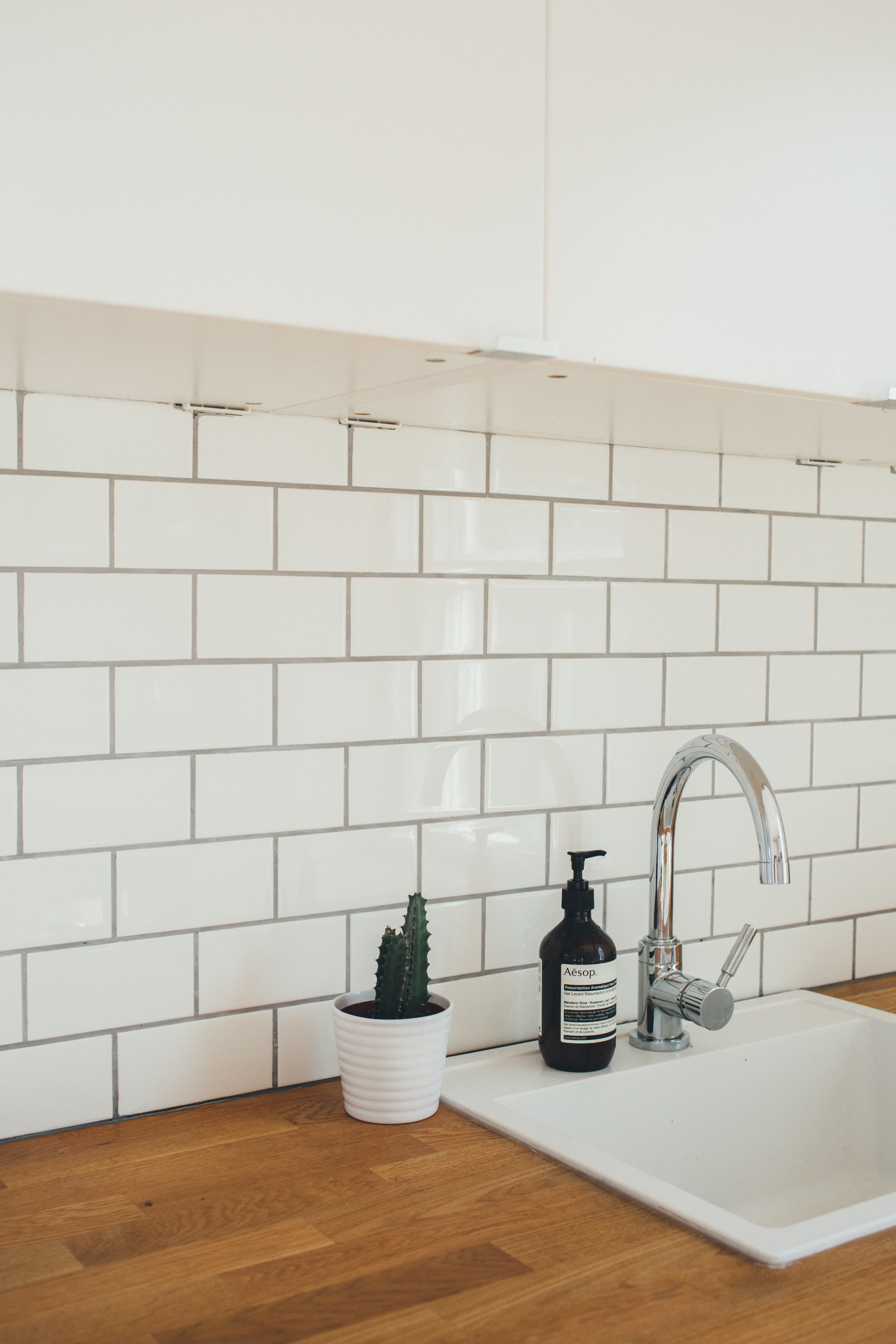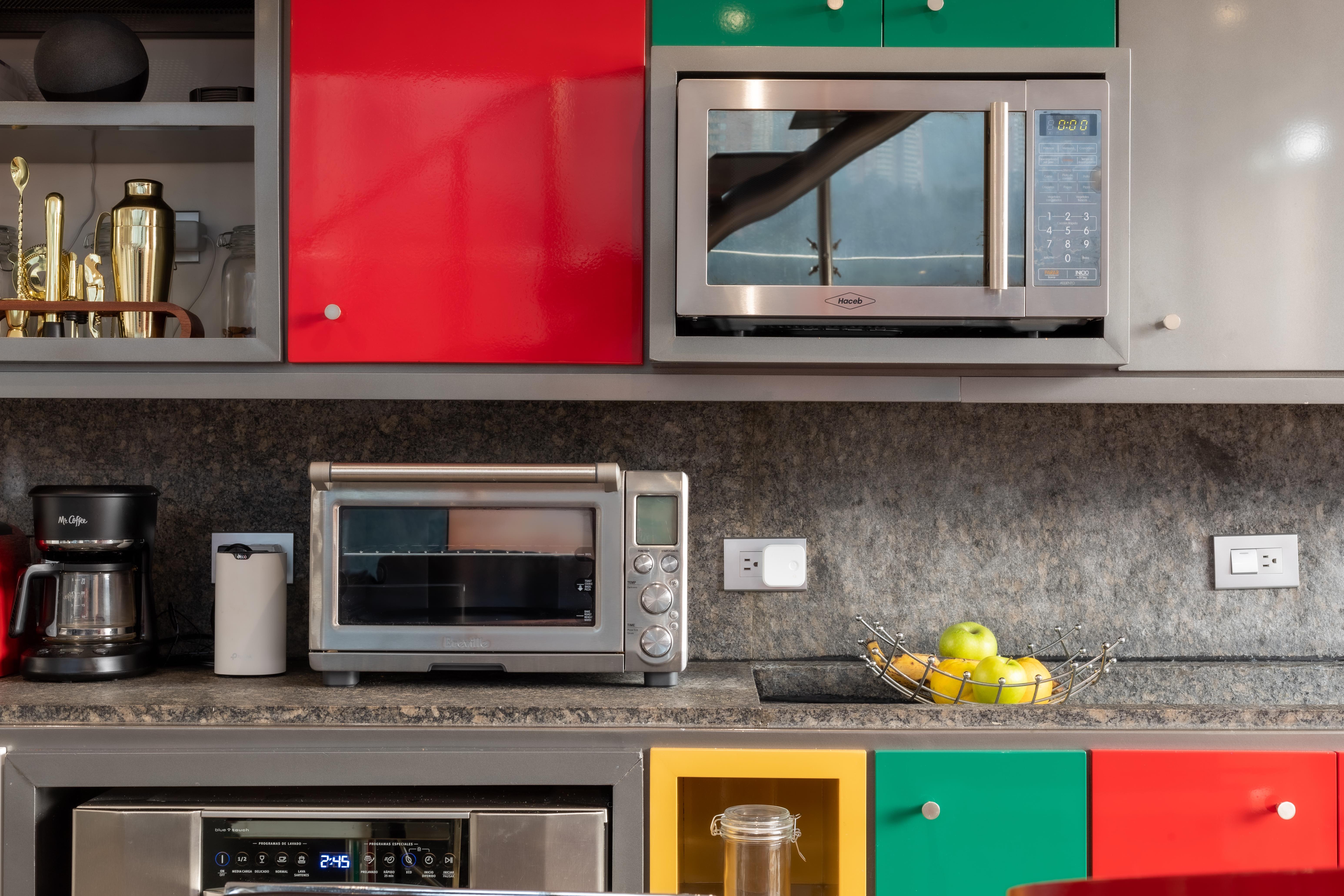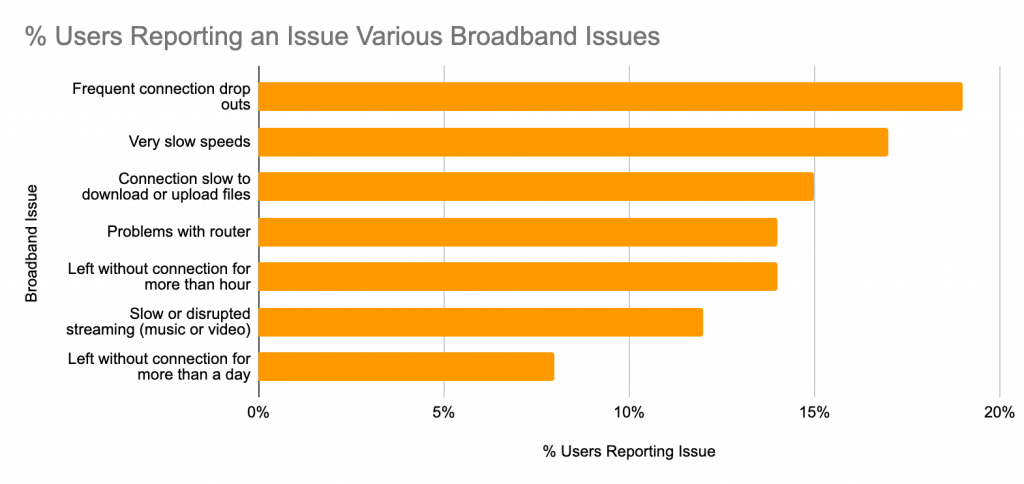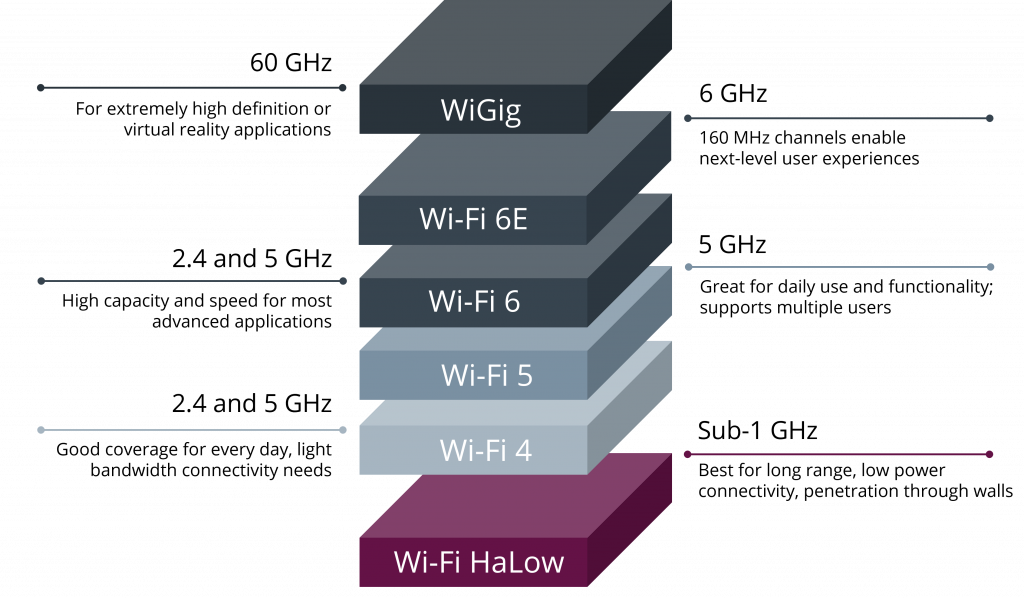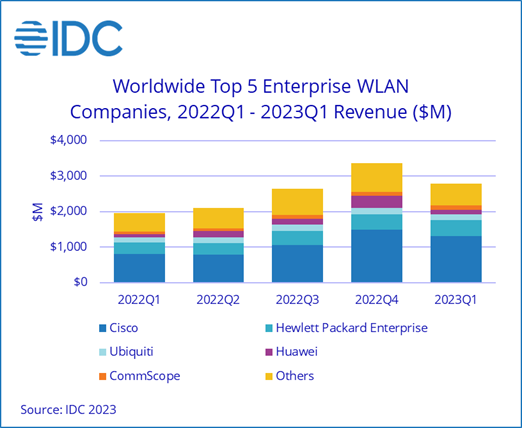The tech world is always evolving and looking on to the next thing – To be better, quicker, stronger. Wireless and Wi-Fi technology is no different – We want to be able to access the best possible connection – Strong, reliable and fast.
So how does beamforming help with this?
What is Beamforming?
Beamforming makes Wi-Fi and 5G connections more precise by utilising the science of electromagnetic interference.
The original concept of beamforming has actually been around since the 1940’s. In current communication standards, this tech is playing a pivotal role in improving Wi-Fi and 5G among others.
When beamforming is used alongside MU-MIMO (Multi User Multiple Input, Multiple Output) tech, it can help users to boost their data speeds by accessing more precise connections.
How Does Beamforming Work?
Using Beamforming means that the resulting connection is faster and more reliable. It works by focusing a wireless signal to a specific receiving device. In this instance, the signal is more focused rather than being spread in all directions like, for example, a broadcast antenna.
Unless they are blocked by a physical object, electromagnetic waves from a single antenna will radiate in all directions. To specifically target a beam of electromagnetic energy in order to focus the signal in a certain direction, you can use multiple antennas close together to broadcast the same signal at slightly different times.
These overlapping waves will cause interference which can be good (cause the signal to be stronger) or bad (cause th signal to become weak or undetectable).
When done constructively and correctly, the electromagnetic waves can be focused to a specific direction – Beamforming.
We’re going to spare you the mathematics behind the process of beamforming – It’s extremely complex. If you’re a big maths geek you can look it up online and try and wrap your head around it.
We mentioned earlier that the actual technqiue of beamforming isn’t a new concept and has been around for over 80 years. Wi-Fi and 5G aren’t the only technologies that can benefit from beamforming – Any type of energy that travels in waves can use the concept, including sound.
Beamforming was originally developed to help in World War II by improving sonar and is still an important part of audio engineering today.
But let’s get back to our niche – Wi-Fi and 5G tech is where our interest in beamforming lies.
How does beamforming help Wi-Fi 6?
Wi-Fi 6 is the latest generation of Wi-Fi (also known as 802.1ax but thankfully now with improved naming via the Wi-Fi Alliance!). It succeeds the 802.11ac Wi-Fi standard (now more aptly named Wi-Fi 5).
In terms of Wi-Fi standards, beamforming has actually been around since Wi-Fi 4 but seen improvements in both Wi-Fi 5 and Wi-Fi 6. Beamforming uses MIMO technology to be able to send out multiple, overlapping signals.
Since 2016, the use of beamforming with Wi-Fi 5 meant that different receivers can work with different routers, hence making the beamforming techniques used in Wi-Fi equipment are vendor-neutral.
Beamforming can also be used alongside MU-MIMO technology, allowing multiple users to communicate simultaneously with multiple antennas on the router. Beamforming used in this way ensures that each of the connected clients are efficiently targeted by the router. Data rates and range for signals to specific clients are also improved with Wi-Fi 6 through the increased number of antennas (from 4 to 8).
What about Wi-Fi 7?
In the world of tech we’re always looking ahead to the next thing – So what about beamforming and WI-Fi 7? Unsurprisingly, beamforming will also be a core part of Wi-Fi 7 (802.11be).
Coordinated beamforming will use the capability of modern multi-antenna access points to spatially multiplex their stations, as well as making adjacent neighbouring non-associated stations void.
This technique can actually be used without beamforming via a joint multi-access point sounding scheme. However, a coordinated beamforming process can take advantage of a simpler sequential sounding procedure which will be a part of Wi-Fi 7.
As each station transmits and receives data to and from a single access point, coordinated beamforming does not require joint data processing. This helps diminish backhaul needs.
Whilst this limits complexity, it also delivers substantial throughput and latency enhancements.
Other improvements that we’ll see with Wi-Fi 7 and coordinated beamforming will hopefully include access to gigabit speeds and low-latency communications for more busineses and consumers in various applications.
How does beamforming help 5G?
With the prevalance of 5G increasing with the roll out of networks for smartphones and other WANs, we’ll be seeing beamforming as a core part of the new technology.
5G frequencies are unfortunately more prone to being disrupted by objects causing interference, like walls or other similar barriers for example. This is because 5G operates on the millimetre wavelength (mmWave) frequency.
Beamforming helps with this by creating a more reliable connection. It does by allowing the transmitter to focus the transmission in a specific direction, as explained above. This means the signal is directed towards, for example, a mobile device, vehicle or other IoT device.
Working with MIMO, beamforming can improve throughput and efficiency by directing beams from a 5G base station in both horizonal and vertical directions via large numbers of antennas.
What are the pros of beamforming?
Wi-Fi and 5G tech can really benefit from beamforming.
- Information can be transferred quicker and with fewer errors because the signal is of a higher quality due to being focused in a specific direction
- Users trying to connect to other signals can benefit from less interference because beamforming can reduce and even stop broadcasting in other directions
Are there any cons when it comes to beamforming?
Whilst beamforming can have benefits for wireless technology, some limitations can lie in the actual process of doing it.
- Beamforming requires big computing resources. In some situations, the beamforming calculations would require time and power resources that could make the resulting benefits less worth it
- Improving affordability means that beamforming techniques are being built into wireless equipment on the consumer market as well as enterprise-grade wireless hardware
- For the best performance, the transmitter and receiver need to be quite close together. The further away the receiver is from the transmitter, the more the benefits diminish
It’s pretty clear to see that beamforming is a big part of the wireless world, especially in terms of Wi-Fi 6 (and 7) as well as 5G.

